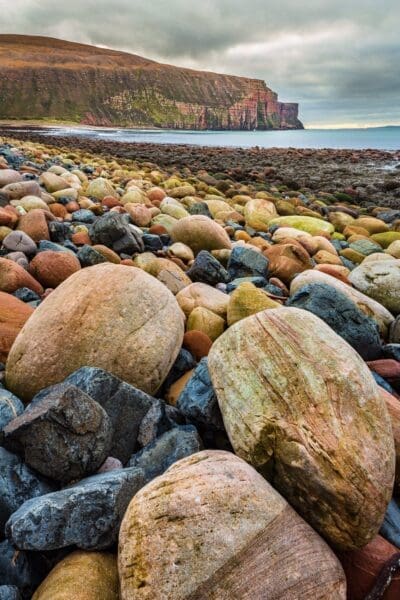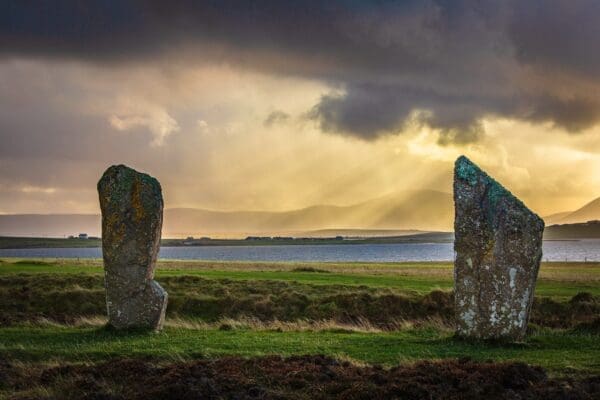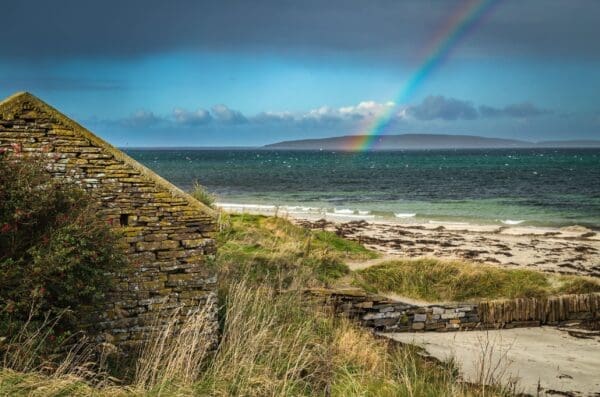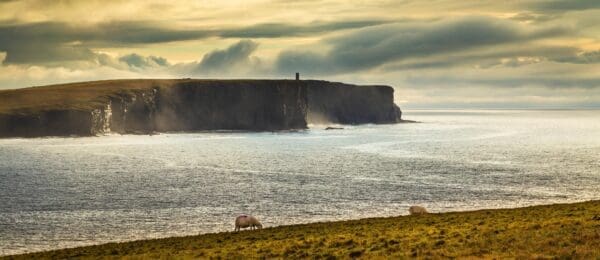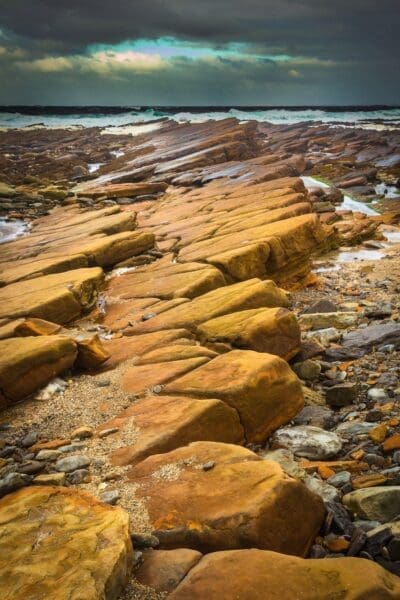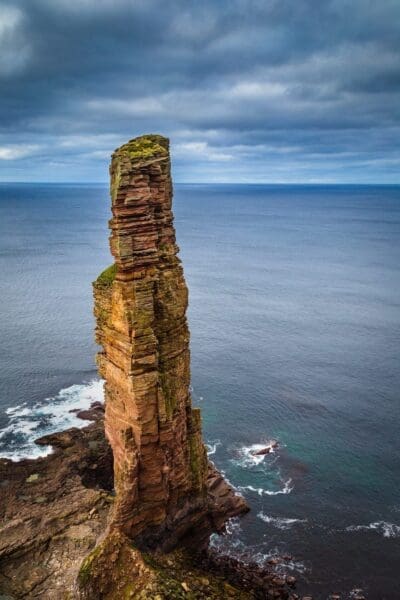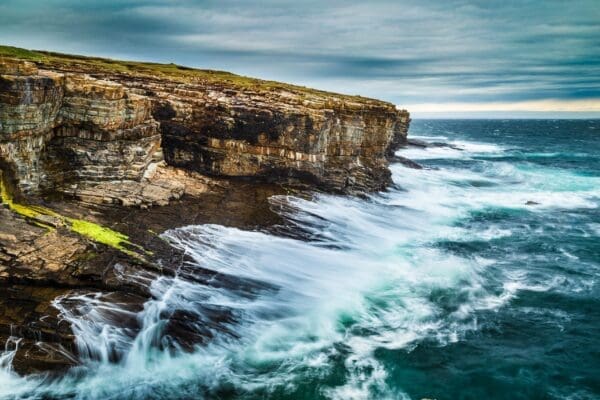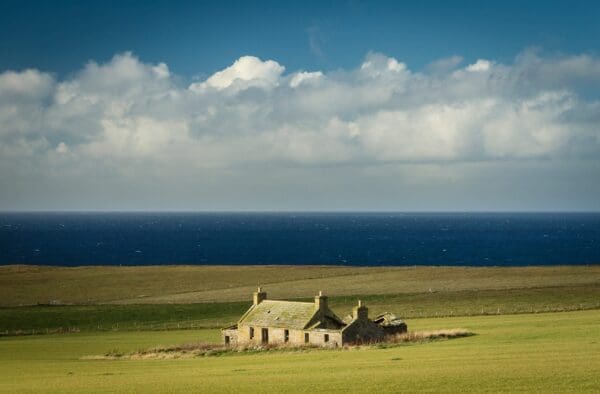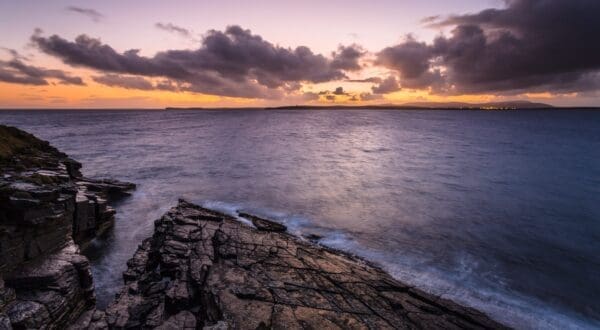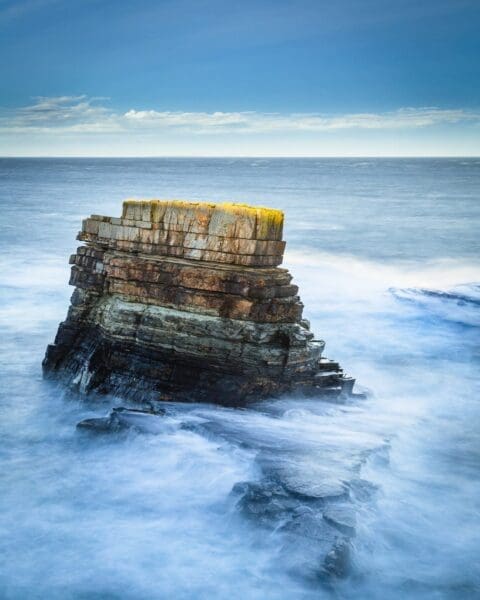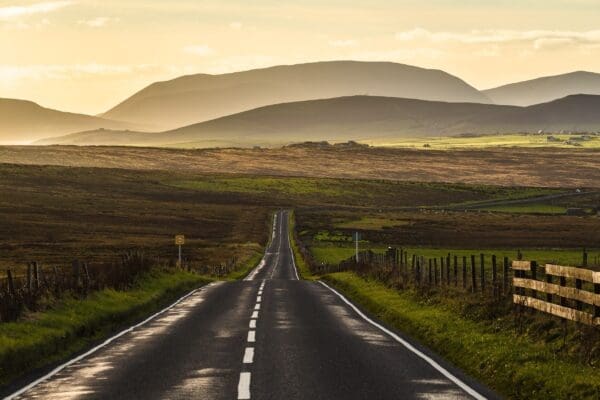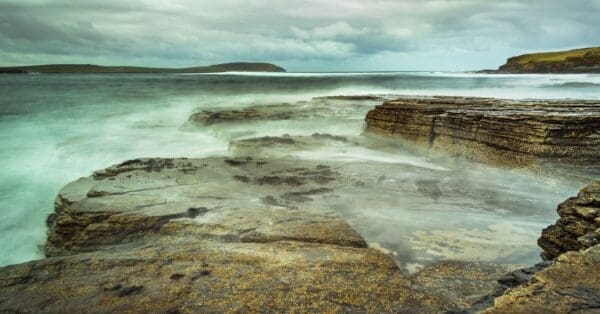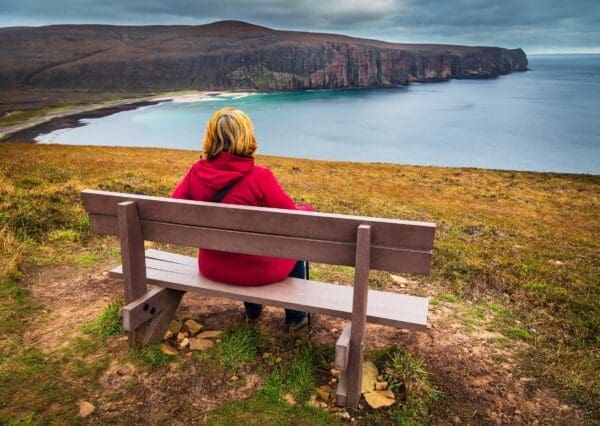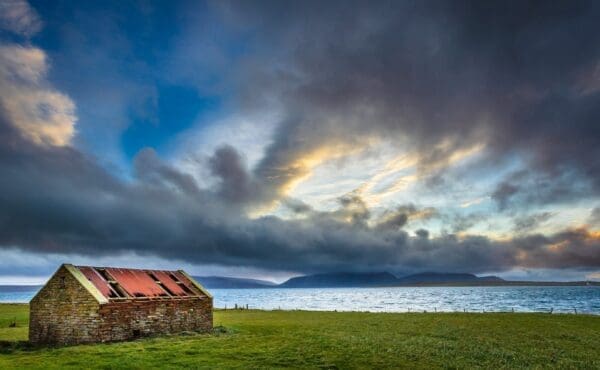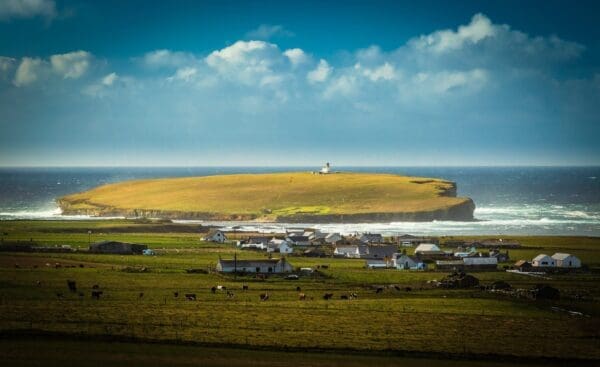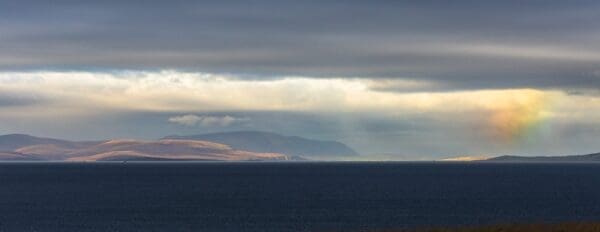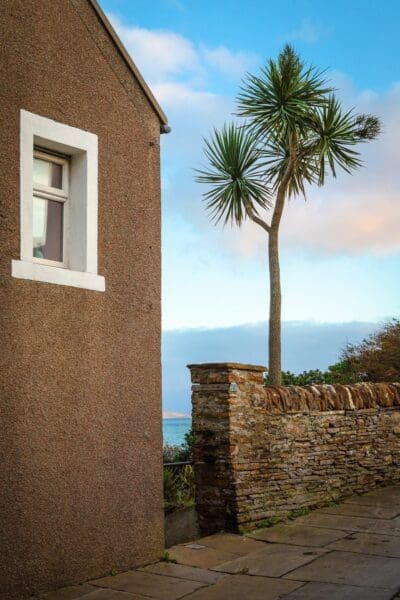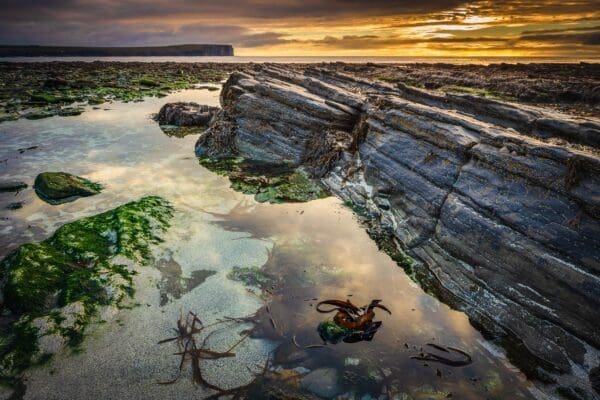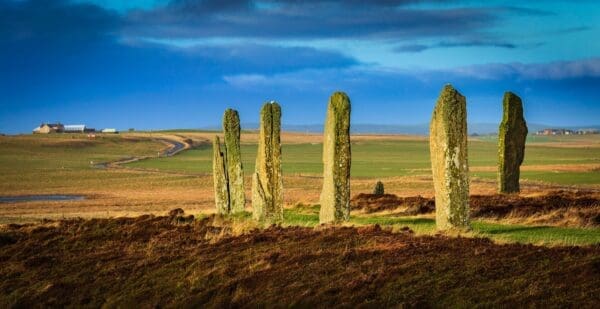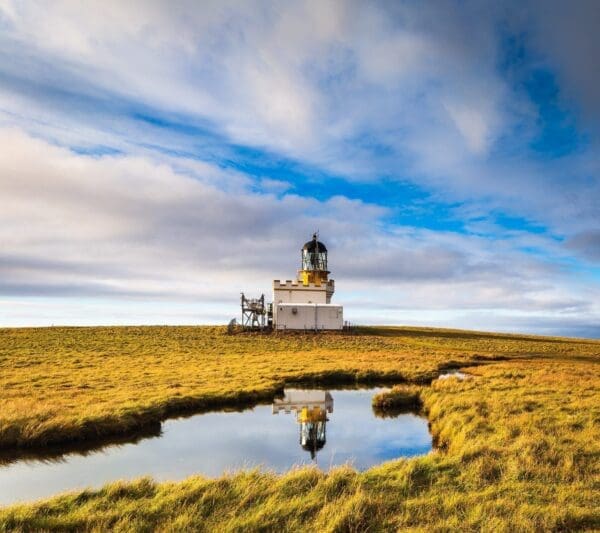The Orkney Archipelago lies north of the Scottish mainland and has been occupied by humans for many thousands of years. Part of the Northern Isles along with Shetland, Orkney is 10 miles (16 km) from Caithness and has about 70 islands, of which 20 are inhabited. The largest island, the Mainland, has an area of 523 square kilometres (202 sq mi), making it the sixth-largest Scottish island and the tenth-largest island in the British Isles. Orkney’s largest settlement, and also its administrative centre, is Kirkwall.
The islands have been inhabited for at least 8,500 years, originally occupied by Mesolithic and Neolithic tribes and then by the Picts. Orkney contains some of the oldest and best-preserved Neolithic sites in Europe. Orkney was later colonised by the Kingdom of Norway and settled by the Norsemen. In 1472, the Parliament of Scotland absorbed the Earldom of Orkney into the Kingdom of Scotland.
Apart from the island of Hoy, the land is mainly low and fertile, so is mostly farmed, making agriculture the most important sector of the economy. There are many impressive sea cliffs, however, with spectacular eroded features.


